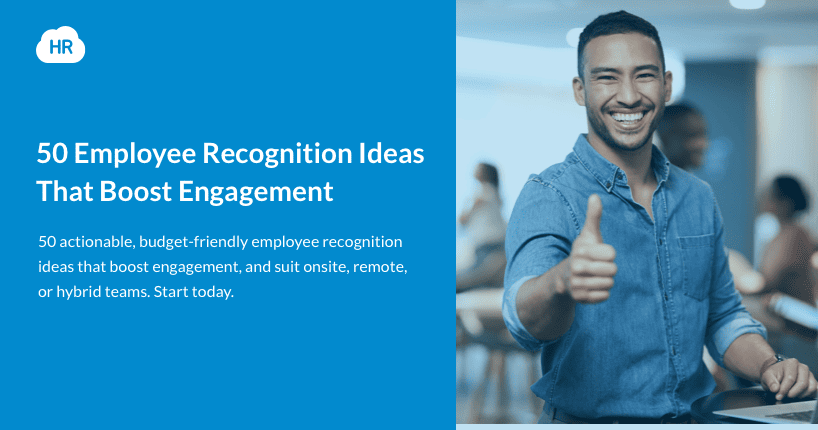19 Jun How To Handle Work Injury Claims The Right Way
Workplace injuries can happen when you least expect them. Whether it’s a slip, a fall, or long-term strain, the aftermath can disrupt business and employee well-being. Based on the state you reside in, there are several steps you can take.
Workers’ compensation laws aim to protect both parties, but the process can feel overwhelming. Understanding your responsibilities as an HR professional or business owner is key to handling claims smoothly. In this article, we will look at what workers’ compensation covers, the steps to take after an injury, and some common challenges that might come your way.
What Workers’ Compensation Covers
Nowadays, most employers are legally required to carry workers’ compensation insurance. This coverage protects both the employer and the worker in case of a job-related injury. It’s important to note that rules vary from state to state. That’s why it’s important to consult region-specific practices like a Florida workers compensation law firm. Here are some key elements of workers’ compensation:
- It usually pays for lost wages, rehabilitation, and medical treatment during recovery.
- It also covers long-term disability support sometimes.
- Coverage applies to most full-time, part-time, and seasonal employees.
- Independent contractors are often not included unless specified by law.
Steps to Take After a Workplace Injury
Workplace injuries can be jarring for both employers and workers. This is a natural response. However, the key is to stay calm and act fast. Quick action keeps claims on track and prevents confusion.
Firstly, arrange medical assistance for the injured person. You must ensure the employee receives appropriate care, even if the injury seems minor. Record accurate details of the incident as soon as possible. Write down what happened, collect witness statements, and take photos of the scene if possible. Next, report the incident to your insurance provider. Delays can cause coverage problems and unnecessary hassles.
Compensation claims also involve a lot of paperwork, which can be confusing for someone who isn’t familiar with the claims process. Support your employee in completing necessary paperwork, and keep the lines of communication open while the employee recovers.
Common Challenges for Employers
Sometimes, the claims process can go south. This can happen for any reason. Some of the most common issues include:
- Disputes about the cause: Sometimes, insurers might dispute the cause of the accident. If there is disagreement over whether the injury happened at work, a claim could be delayed or denied.
- Possible fraud: Be on the lookout for fraudulent records. Consult your insurance provider or legal counsel if something feels off about the report.
- Return-to-work challenges: Sometimes, you must change the returning employee’s role. Modified roles or flexible duties may be needed. This is usually based on their recovery or if they can’t resume full tasks right away.
Tips to Protect Your Business and Team
Nobody wants to deal with a workplace injury. Thankfully, a little planning goes a long way. Investing in employee training saves you from many troubles down the road. You can prevent accidents with regular safety training and clear guidelines. Be sure to review policies each year to make sure coverage matches current staffing and job types.
Creating a clear claims process is vital. Don’t wait for someone to get hurt before developing a claims process. Let your team know what to do if someone gets hurt at work. In most cases, employees won’t be able to give their 100% right after they return to work, so offer light-duty or adjusted schedules to ease employees back.
Endnote
Handling workplace injuries the right way protects your team and your business. Respond quickly, document everything, and seek expert help when needed. Rules vary between states, so having a local legal expert on your side can make all the difference.










